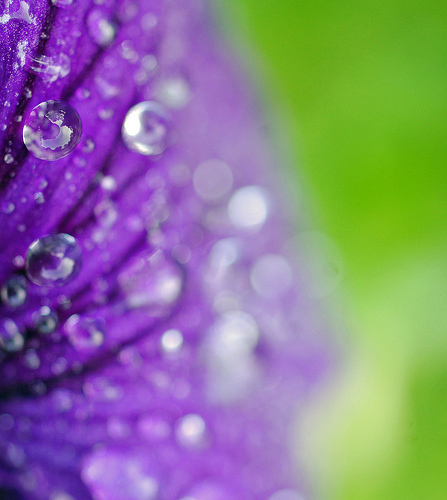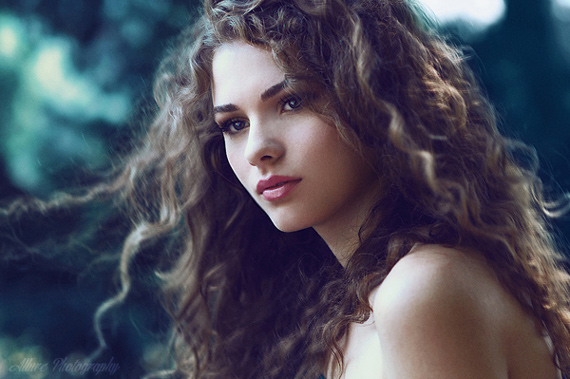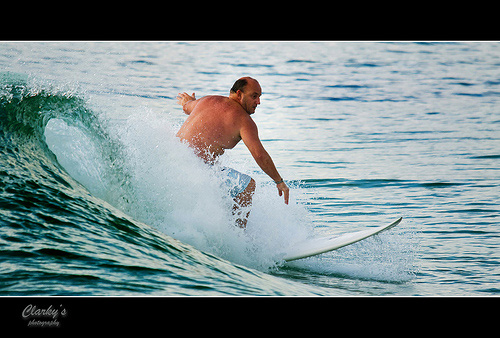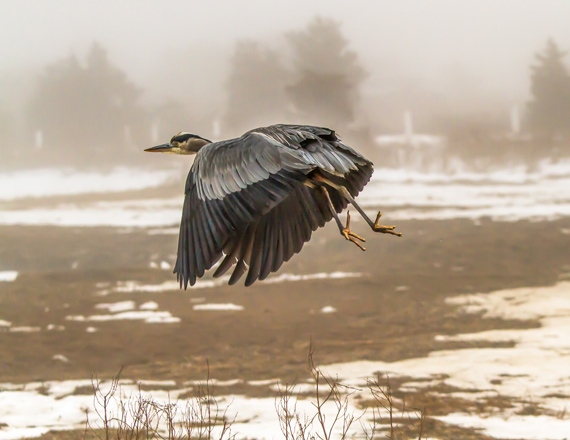With any DSLR, it takes time to get to grips with everything your camera can do. Often, the manual gets looked at initially, then only referred to when you get stuck. At times, whole features of your camera can get overlooked, and you might resign yourself to taking images that don’t look like you wanted them to. Needle sharp focusing, for example, is at the heart of excellent photos. If you know the difference between the focus modes on your camera, you can use them to help you get brilliantly sharp photos every time.

“Untitled” captured by PictureSocial member Marteline Nystad
Basically, your camera contains two or three focus modes. In each case, these instruct the camera how it should focus, depending on the type of photo you want to take. With Canon and Nikon being the most popular brands, we will concentrate on these, but the information is pertinent to most camera makes.
One Shot or AF-Single Mode
The first mode is called One Shot (Canon) or AF-single (Nikon). In this Mode, as you begin to hold the shutter down, the camera will focus on your subject, light up in the viewer, and lock. That is to say the focus is now set. You can either take the photo as is (by completely depressing the shutter), or move your camera first to recompose. This mode is really for stationary subjects, so it works well in portraits, landscapes, and macro (on a still day).

“Untitled” captured by PictureSocial member Patricia Moraru
AI Servo or AF-Continuous Mode
The second mode is known as AI Servo (Canon) or AF-continuous (Nikon). In this mode, the camera constantly refocuses (with the shutter partially depressed) depending on where your subject is. So, if you have someone moving toward you, and you want to ensure they are in focus when you take the picture, use this mode. Not surprisingly, this mode works well in sports photography.

“Clay Surfing” captured by PictureSocial member Ian Clark
AI Focus or AF-Auto Mode
For taking shots where you are quickly changing between moving targets and still subjects, a third option is often available. This is AI Focus (Canon) or AF-auto (Nikon). In effect, the camera moves between One Shot and AI Servo Modes depending on your shot. If you have a still subject, the camera will focus on it, but will start to adjust if the subject moves. So, at a soccer match, for example, you may focus on an idle goalkeeper (camera will focus on him), and if the action comes toward him and he’s on the move, the camera will track and keep him in focus.
Hopefully you can see that knowing that your camera has focus modes other than One Shot is really important. No longer will you need to attempt the almost impossible task of keeping a bird in flight in focus, while using the incorrect focus mode. Just set the camera to AI Servo or AI Focus mode and you are good to go. I hope this beginner’s photography article will help you to improve your future shots.

“Flying Away” captured by PictureSocial member Gordie Tempest
About the Author:
This article was written by Paul Summers from photography course online dot info.
Go to full article: How to Choose the Right Focus Mode On Your Camera
What are your thoughts on this article? Join the discussion on Facebook
Article from: PictureCorrect
The post How to Choose the Right Focus Mode On Your Camera appeared first on PictureCorrect.